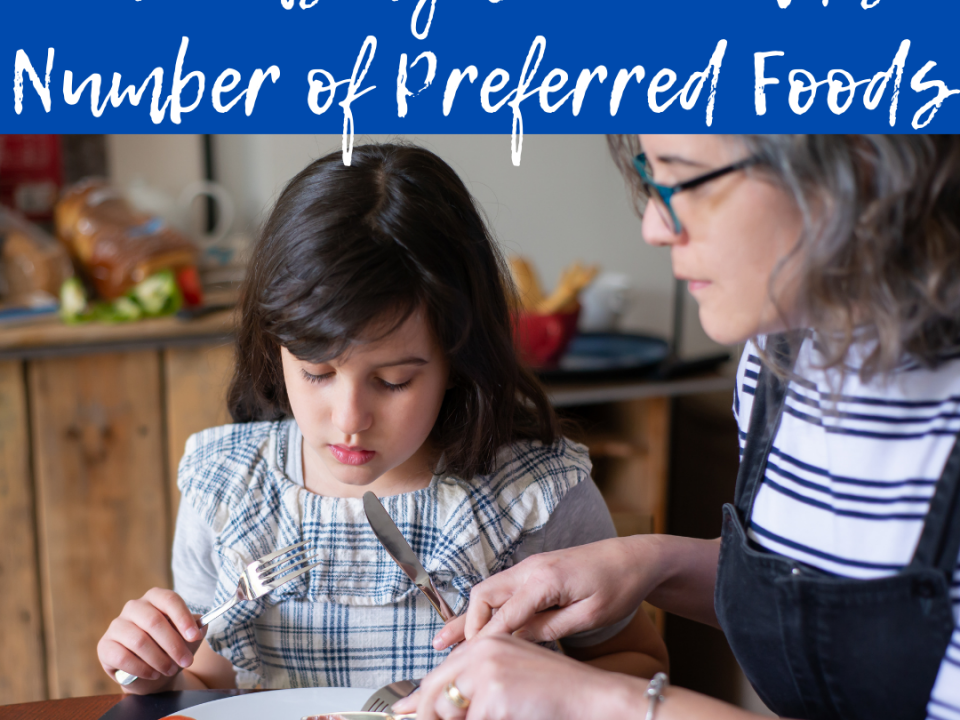Division of Responsibility in Feeding: Part 1

Olive Oil Honey Granola with Sliced Almonds
March 28, 2018
Healthy Carrot Cake Bars
April 11, 2018This is Part 1 of 2 blog post series talking about the Division of Responsibility in Feeding. This post delves into what the Division of Responsibility in Feeding looks like for families with toddlers and or young children.
 It’s not just what we feed our children but how we feed them that teaches our children how to eat well. The number one model that I use with my son and work with the families to implement with their kids is the Division of Responsibility. The Division of Responsibility in Feeding is a method developed by Ellyn Satter, a registered dietitian and therapist, to help parents with the structure of feeding to help raise competent eaters.
It’s not just what we feed our children but how we feed them that teaches our children how to eat well. The number one model that I use with my son and work with the families to implement with their kids is the Division of Responsibility. The Division of Responsibility in Feeding is a method developed by Ellyn Satter, a registered dietitian and therapist, to help parents with the structure of feeding to help raise competent eaters.
The Division of Responsibility…
Encourages PARENTS (or caregivers) to determine the WHAT, WHERE and WHEN of feeding.
And let’s CHILDREN determine HOW MUCH and WHETHER they eat what you provided.
As a mother and dietitian this has been the best piece of advice that I received and provide to parents that I work with. It is what I fall back on when I question what to do when my son is pulling food out of the cabinet just before dinner or asking for more pasta even though he didn’t touch any of the vegetable or meat on his plate.
The division of responsibility starts as early as infancy until your child is 18 and out of the house. Yes, it looks a bit different from day 1 until 18 years. During infancy your child is feeding on demand, but once your child has more regular meal times you are determining the when.
I think the biggest hang up lots of parents have with this method of feeding is learning to trust that their child will do the eating. Remember feeding is a learned skill (just like riding a bike or learning to read) and they will eventually learn because they want to and eat the foods they like because they taste good and make them feel good. It’s normal for our kids to eat differently from day to day. They may eat a bunch of broccoli one day and not touch it the next. The best thing to do at meals is just relax, eat your own meal, and sooner (or maybe later) your child will enjoy almost everything you eat!
So what does the division of responsibility look like for toddlers (and young kids)?
WHEN?
Toddlers and young children typically need to eat every 2-4 hours during the day. This equates to 3 meals and 2-3 snacks.
E.g ( Breakfast 7-8am, Snack 10-10:30am, Lunch 12-1pm, Snack 3-4pm, Dinner 6-7pm, Snack before bed if needed)
WHERE?
Plan a designated spot for meals and snacks. This could be in a high chair, booster seat at the kitchen table or chair at a table or kitchen island. When out of the house this may be at a table, chair or park bench.
WHAT?
At meals plan to include at least 4-5 different foods from 4-5 different food groups.
[Food groups include carbohydrate (grain/starchy vegetable), meat/meat alternative, fruit, vegetable, and dairy/dairy alternative.)
At snacks plan to include at least 2 different foods from 2 different food groups. Think of snacks as a “mini” meal and a way to fill in nutrient gaps that your child may be missing or not eating at meals.
At meals and snacks include 1-2 foods your toddler loves and will eat, 1-2 foods they like and may eat, and 1 new food or food they are learning to like.
Fat is an essential nutrient for brain development and helps with satiety. Try to include a source of fat with meals and 1-2 snacks, especially for young toddlers age 1-2 years. This could be full fat dairy product, nut/seed butter, chopped nuts or seeds, avocado, olive oil or coconut.
Stay tuned for part 2, where I talk more about how to implement the division of responsibility in feeding with your family, my experience using the method with my son, and provide answers to the top questions I get from parents!
If you have any questions of your own, or would be interested in having help implement this feeding method into your family, please contact me here!




